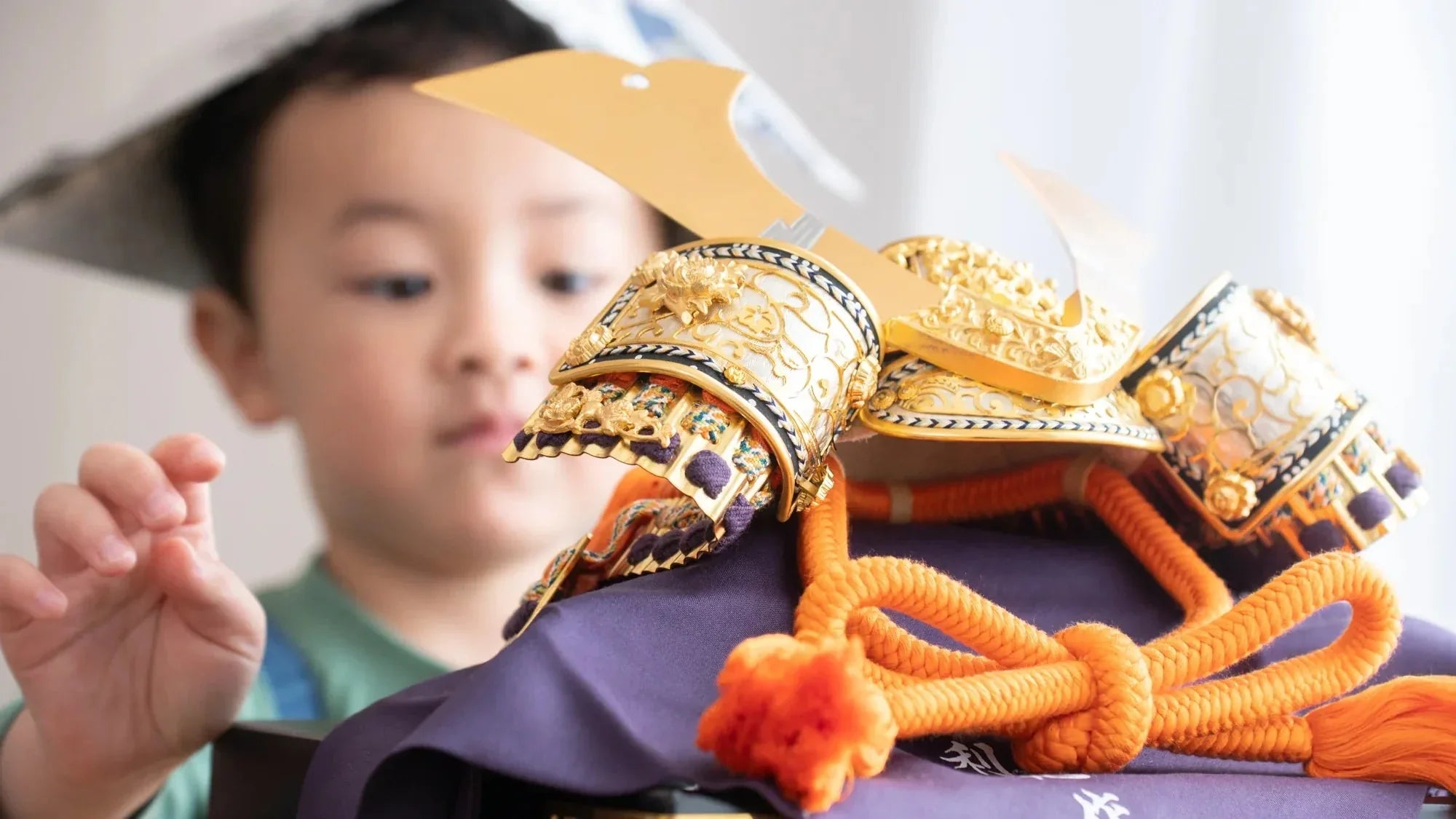
On Tango-no-Sekku, We Celebrate the Health of Our Growing Boys!
Written by Team MUSUBI
Some of our audience who read our blog Hinamatsuri: A Special Day for Girls might have been eagerly awaiting our promised article on Japan's celebration for boys. The holiday is traditionally called Tango-no-Sekku, and is also known as Boys' Day or Children's Day.
On this day, families typically fly carp-shaped koinobori "carp streamers" in the sky to honor their young ones and celebrate their health. Read further to learn the history of Tango-no-Sekku, how it's celebrated, as well as the traditional decorations and special foods!
Table of Contents
Tango-no-Sekku

Tango-no-Sekku was first known as the Double Fifth Festival, due to the fact that it was celebrated on the fifth day of the fifth month according to the lunar calendar during the Heian period (794 CE–1185 CE). Later, in 1948, it was moved to May 5th on the Gregorian calendar.
During the Edo period (1603 CE–1868 CE), Tango-no-Sekku became a more elaborate and widespread celebration. Families would display samurai armor, swords, and helmets, symbolizing the strength and bravery of boys. They would also fly koinobori, which represents determination and perseverance.
The Legend of Koinobori

Over time, the tradition of flying carp streamers on Tango-no-Sekku evolved as a way to express a family's strong hopes and dreams for their boys. The carp, with its powerful and determined swimming style, became a symbol of strength and perseverance, and it was believed that displaying carp streamers would bring good fortune and success to boys in their future endeavors.
The carp streamers are usually flown in a specific order, with the largest and most colorful carp representing the father, the second-largest representing the oldest son, and so on. The number of carp displayed often corresponds to the number of boys in the family, and each carp is decorated with different colors and designs.

More Decorations and Celebratory Foods
Decorated Kabuto Helmets
Kabuto is a type of traditional Japanese helmet worn by samurai warriors. On Tango-no-Sekku, kabuto helmets are often decorated with symbols of good luck and prosperity.

Boys' May Festive Dolls
For Children's Day celebrations, homes are adorned with festive dolls as well, among which the gosho doll stands out as a beloved emblem of childhood innocence. This plump, cheerful figure, steeped in Kyoto's aristocratic heritage, symbolizes both beauty and the aspirations for a child's prosperous future and leadership.

Iris Flowers
The iris is a flower that is associated with Tango no Sekku and is often displayed during the festival. The flower is believed to have medicinal properties and is a symbol of courage and strength.

Kashiwa Mochi
Kashiwa mochi is a sweet rice cake wrapped in an oak leaf. The oak tree represents strength and longevity, and eating kashiwa mochi is believed to bring good health and fortune.

Chimaki
Chimaki is a traditional Japanese sweet or savory steamed rice dumpling wrapped in bamboo leaves. Chimaki is made by first mixing glutinous rice with various fillings such as sweet bean paste, minced meat, mushrooms, or vegetables. The mixture is then wrapped in the bamboo leaf and steamed until fully cooked.

Appreciating Our Youth

As mid-April approaches, you will find beautiful koinobori decorating Japan's many homes and parks. Dedicated to celebrating the well-being and future success of boys, Tango-no-Sekku is an opportunity for parents and families to show their love and appreciation for their sons and to wish them a bright and prosperous future. Its historical significance, cultural traditions, symbolism, and focus on family bonding make it a cherished and significant event in Japanese culture.







Leave a comment
This site is protected by hCaptcha and the hCaptcha Privacy Policy and Terms of Service apply.